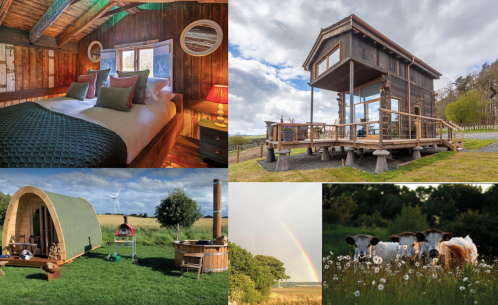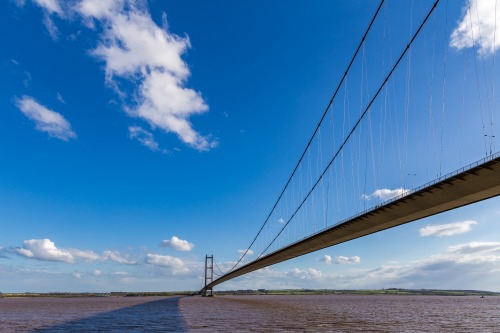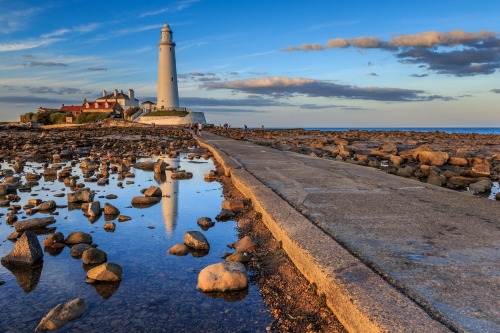The Ultimate Guide to Ribblesdale
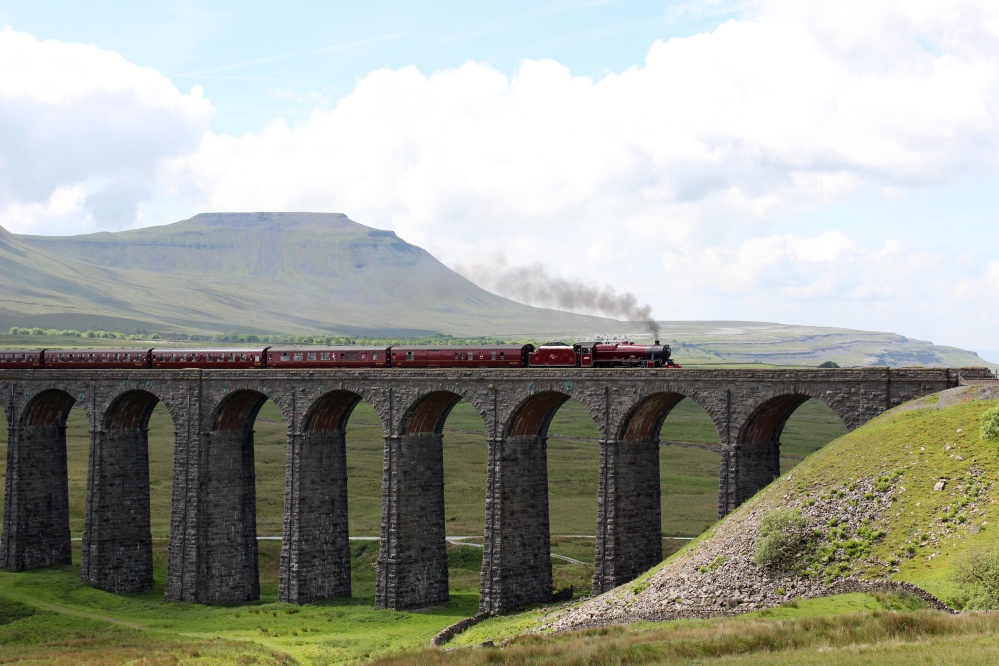
Best known for its Three Peaks – Whernside, Ingleborough and Pen-y-ghent – and the stunning Ribblehead Viaduct, Ribblesdale is popular with walkers looking for something more of a challenge
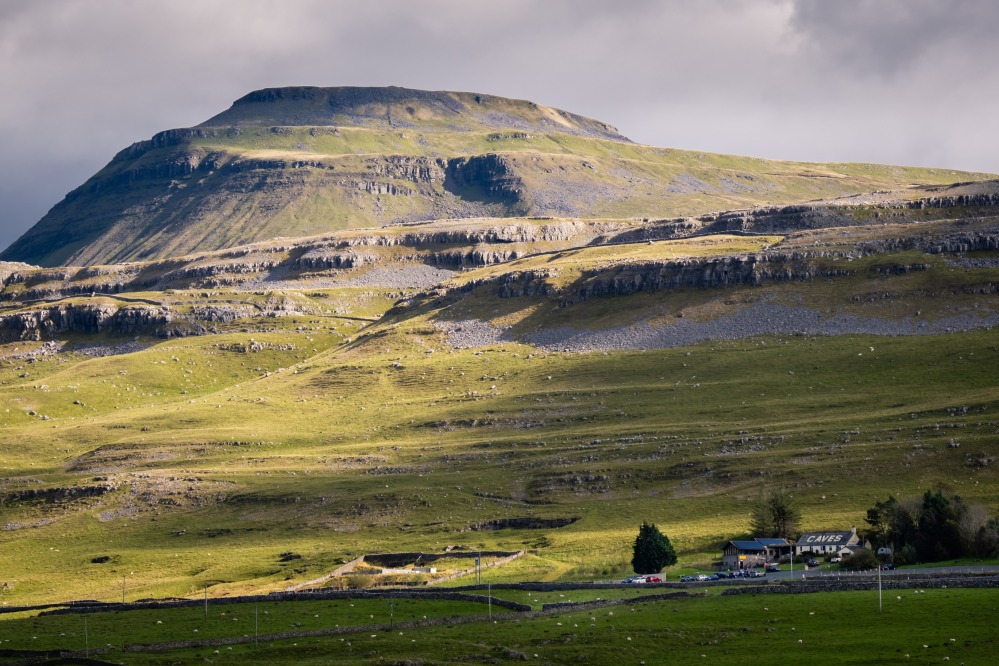
Ribblesdale starts where Gayle Beck and Cam Beck join near the viaduct and the River Ribble then runs all the way to the Irish Sea. It’s a wild and remote part of the National Park, dotted with isolated farms which make you wonder how anyone possibly manages in winter, and just sheep (and cyclists) to keep you company as you go up and down dale.
The River Ribble starts up at Gavel Gap, high on the moor, and in autumn you can see salmon leaping up the various falls along the river – which is worth the uphill trek alone. Castleberg Rock is a great challenge for climbers, whilst the Alum Pot is popular for potholers. Horton in Ribblesdale has a beautiful 12th century Grade-I church, but many visitors come for the picturesque Ribblehead Viaduct which runs across the boggy valley. Construction of this Victorian edifice began in 1869 and its workforce, which numbered more than 2,200 men, were housed in shanty towns built near its base called Batty Wife Hole, Sebastopol and Belgravia. In 1872 the design changed from 18 arches to 24 and the last stone of the structure was laid in 1874, but the passenger line between Settle and Carlisle didn’t officially open until 1876. More than 100 men lost their lives during its construction and are buried in the graveyard at nearby Chapel-le-Dale. More than 440 yards long, and rising to 104 feet above the valley floor at its highest point, this is an incredible piece of Victorian engineering. The piers are tapered, and interestingly every sixth pier is 50 percent thicker to mitigate against a collapse. By 1980 the viaduct had fallen into disrepair and despite remedial repairs, the line was reduced to single track across the viaduct and the speed limit of 20 mph introduced. Further repairs have meant heavy freight trains can still use the viaduct to avoid congestion on the West Coast Main Line, and stone from nearby Ingleton Quarry is carried by train from the yard opposite the station. The viaduct became Grade-II listed in 1988, and the surrounding land with the remains of the workers’ camps has been recognised as a scheduled monument.
It’s the combination of limestone and impermeable upper layers, the heavy rainfall and steep slopes that have caused the creation of the caves system synonymous with this area and the Ingleborough massif which bisects Ribblesdale and Chapel-le-Dale. The area is riddled with caves and pot holes, with Alum Pot possibly the most spectacular surface opening anywhere in the UK (visitors need to beware as they approach). The great mystery of Alum is that the water leaving it actually passes underneath the River Ribble before emerging at the sinister-looking Turn Dub pool.
Enough of below ground. Yorkshire’s Three Peaks are popular and the classic challenge (24 miles, climbing all three peaks in 12 hours) is one undertaken by many. But you can do the peaks at a far more leisurely pace. With spectacular scenery and fantastic walking opportunities, staying in the area to soak up the scenery is the perfect way to make the most of this part of the dales. The Whernside walk starts at Ribblehead Viaduct and takes you to the highest point in Yorkshire where, on a clear day, you can see as far as Morecambe Bay. Pen-y-Ghent is a good place to start with a relatively easy circuit from Horton-in-Ribblesdale passing Hull Pots on the way back down. The Ingleborough climb takes in the fantastic limestone scenery and the caves of Ingleborough, Gaping Gill and Trow Gill.
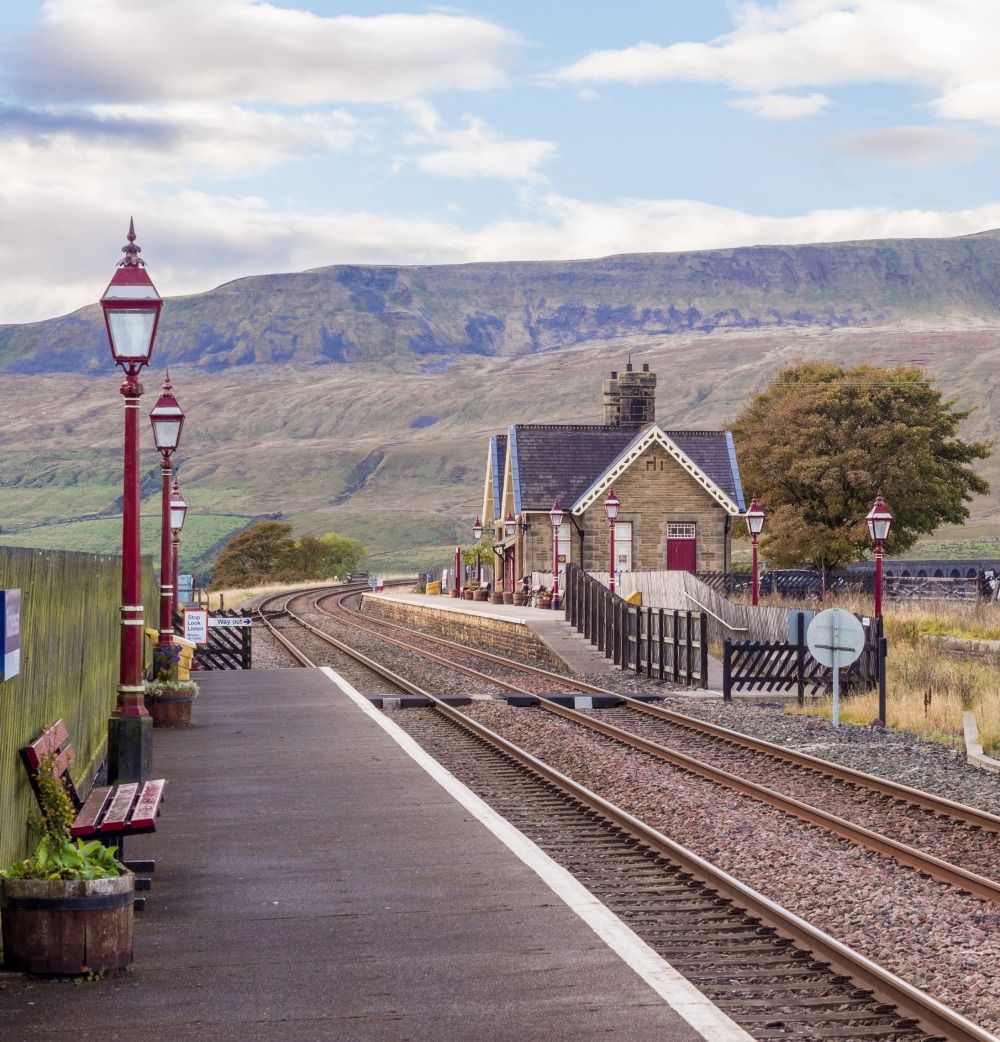
What To See
In Settle, the Museum of North Craven Life has four permanent exhibitions. The Hall shows off the magnificent offices of Richard Preston, lawyer and local landowner, and builder of The Folly in 1679. The Parlour houses a beautifully-presented exhibition of Settle’s changing townscape. The Parlour Chamber is packed with detail about how people have lived and worked in North Craven since prehistoric times, and on the top floor is the Settle-Carlisle Railway Room which tells the story of this historic railway, including the building of the famous Ribblehead Viaduct. Just five miles north west of Settle is the pretty village of Austwick. Archaeological finds indicate prehistoric settlements and Bronze and Iron Age settlements in the area. This traditional small dales village with picturesque stone cottages has a post office, a village store and, sitting at the base of Ingleborough, it’s the perfect base for exploring the area. Just above the village you’ll find one of the most intriguing phenomena of the last Ice Age, where hundreds of boulders called Norber Erratics were left stranded by the retreating ice, and now stand on pedestals of limestone as testimony to the thousands of years that have passed since their arrival.

Stay A While
The traditional starting point for the Three Peaks Challenge is Horton in Ribblesdale where you’ll find St Oswald’s, the Grade I-listed church. Stay at Broad Croft House, a beautiful barn conversion sleeping six within walking distance of the pubs and train station, or Blindbeck, a picturesque 17th-century cottage sleeping five. The traditional Crown Hotel in the village has 10 bedrooms, and is one of the few hotels standing directly on the Pennine Way. Perfect for ramblers, railway enthusiasts and lovers of the great outdoors, The Golden Lion in Settle is a cosy pub-cum-hotel with a well-stocked bar and great restaurant, and lots of comfy corners in which to relax after a day’s hiking. The Traddock in Austwick has individually designed bedrooms, and a two-AA Rosette restaurant where the chefs deliver delicious food sourced from the surrounding dales. Drinks are served in the hotel’s walled garden and they also serve a much-loved afternoon tea daily.
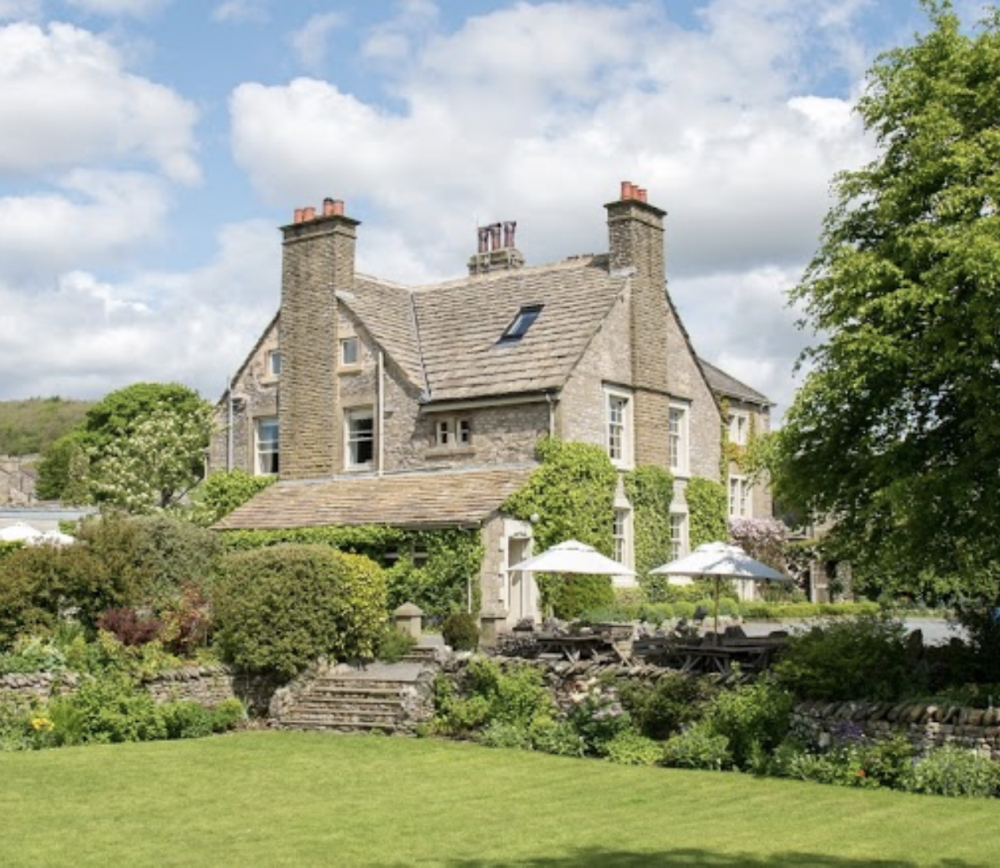
Don’t Miss
The Courtyard, just outside Settle, is a treasure trove of independent shops and businesses and has a café-brasserie serving fresh, seasonal food (they even cure their own salt beef from dales cows) from breakfast through to afternoon tea. In Austwick, you’ll find the award-winning Courtyard Dairy. The cheesemongers here know the background and stories behind every individual cheese they sell, working closely with the artisan cheesemakers to select only the best in taste and quality. They also sell the usual accompaniments (crackers, pickles and wine) to go with your cheese, all carefully selected to bring out the best of the cheeses. There’s a new museum onsite which tells the history of farmhouse cheese, and a café serving cheese-based dishes. Can’t get to Austwick? You can still buy their cheeses online, and even take part in virtual cheese-tasting sessions.




